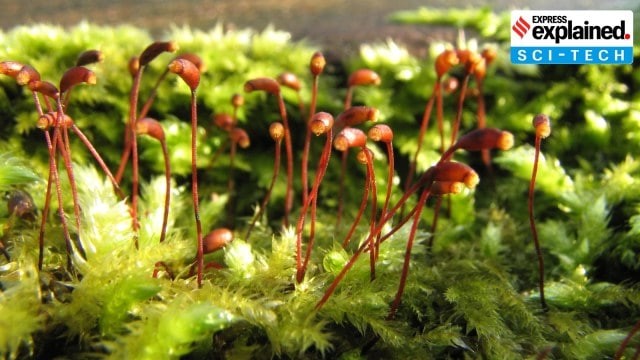Description
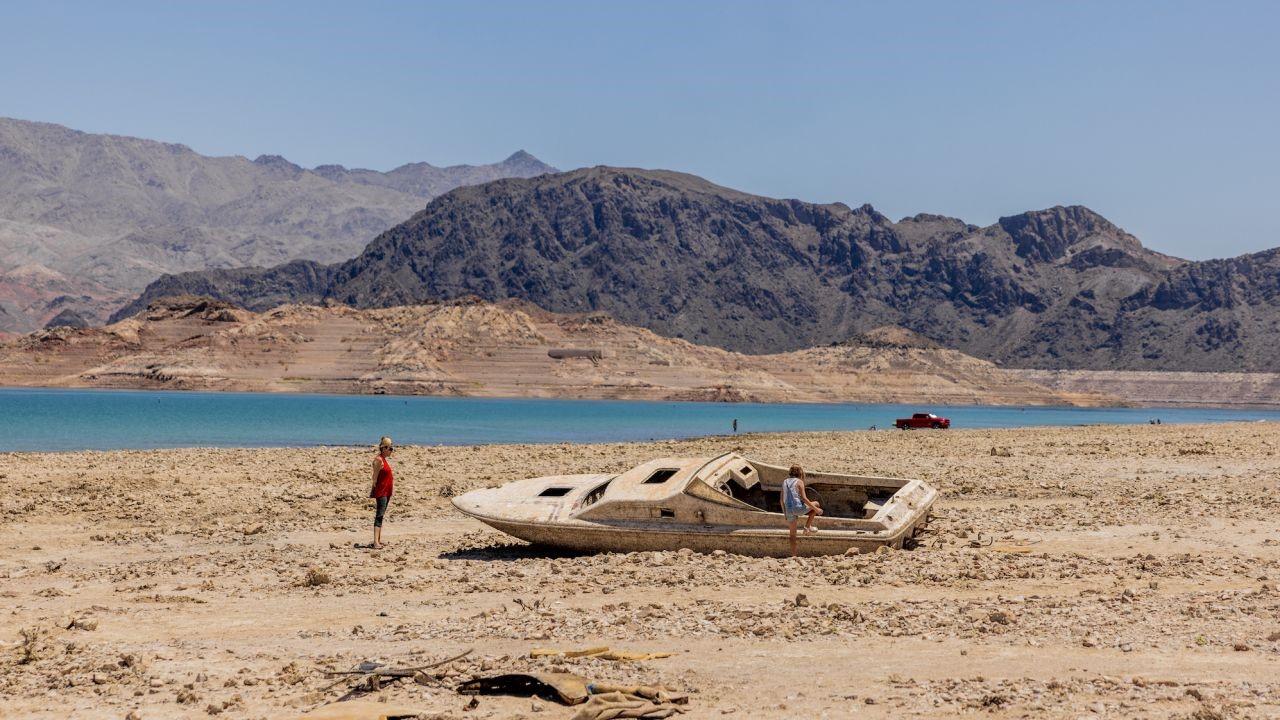
Disclaimer: Copyright infringement not intended.
Context
- More than 50 per cent of the world’s largest lakes and reservoirs have shrunk over the past three decades primarily due to climate change and human activities, according to a new study.
Highlights of the study
- From these water bodies, approximately 600 cubic km of water was lost between 1992 and 2020 — an amount equivalent to the total water used in the United States for the entire year of 2015.
- The researchers found that out of the 1,052 natural lakes that were examined, 457 had significant water losses in the past three decades.
- They attributed 57 per cent of the net decline in the water quantity in natural lakes to human activities, such as unsustainable consumption of water, and increasing temperature and potential evapotranspiration (PET) with the latter two indicating the role of climate change.
- Contrary to previous studies, natural lakes located in humid tropics and high altitudes are also experiencing water shortages.
- Two-thirds of all reservoirs across the globe have experienced significant storage declines.
- Reservoirs, however, showed a net global increase in water levels, owing to 183 recently filled reservoirs.
- The main reason behind the drop in water levels is sedimentation — the process of particles such as sand and stones settling to the bottom of a body of water.
Worst affected lakes and their causes
Unsustainable water consumption
- Aral Sea in Central Asia, Lake Mar Chiquita in Argentina, the Dead Sea in the Middle East, and the Salton Sea in California.
Increasing temperature and PET
- Caused the complete disappearance of Lake Gowd-e-Zareh in Afghanistan, Toshka lakes in Egypt, and marked drying of Lake Kara-Bogaz-Gol in Turkmenistan, Lake Khyargas in Mongolia, and Lake Zonag in China.
Concurrent result of natural variability and climate change
- The Arctic lakes have shrunk as a result of a “combination of changes in precipitation, runoff, temperature, and PET.
Indian scenario
- In India, apart from Tso Moriri Lake, Andhra Pradesh’s Pulicat Lake and Kolleru Lake have been affected.
- It also noted that more than half of the reservoirs located in peninsular India have witnessed substantial water storage decline, mainly due to sedimentation.
- If lakes are encroached upon(such as the case in India with smaller lakes), they disappear as a water source but also contribute to severe urban flooding. Loss of lake levels leads to groundwater pumping and depletion, leading to a host of other issues.
What are the consequences of shrinking lakes?
- Nearly two billion people, one-quarter of the global population in 2023, will be affected as they live in basins with large water bodies that have witnessed a significant drop in their water levels in the past three decades.
- Many of these drying lakes have been identified as important sources of water and energy.
- The reduced size of these lakes not only results in freshwater decline and environmental degradation but also disrupts the water and carbon cycles.
- Widespread water shortage in these water bodies, “particularly accompanied by rising lake temperatures, could reduce the amount of absorbed carbon dioxide and increase carbon emissions to the atmosphere given that lakes are hotspots of carbon cycling.”
Some of the lakes that have shrunk
Lake Poopó
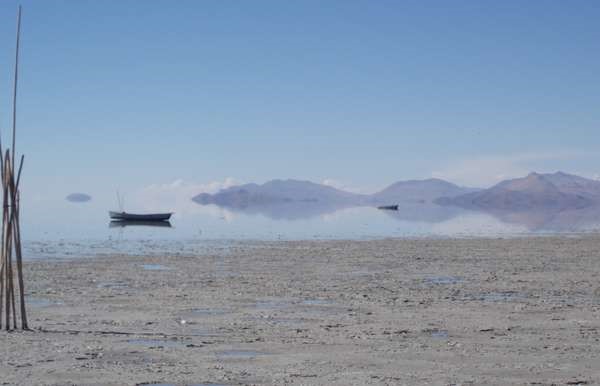
- This lake in west-central Bolivia occupies a shallow depression in the Altiplano, or high plateau, at 12,090 feet above sea level.
- Historically the country’s second largest lake.
- By December 2015, however, the lake had completely dried up as a result of the combined effects of climate change-exacerbated drought and sediment buildup caused by the local mining industry.
Lake Eyre
- Also called Kati Thanda–Lake Eyre, this is a great salt lake in central South Australia.
- It lies in the southwestern corner of the Great Artesian Basin.
- Normally dry but susceptible to occasional flooding, the lake constitutes the lowest point on the Australian continent.
- Lake Eyre’s typical state is dry.
Aral Sea
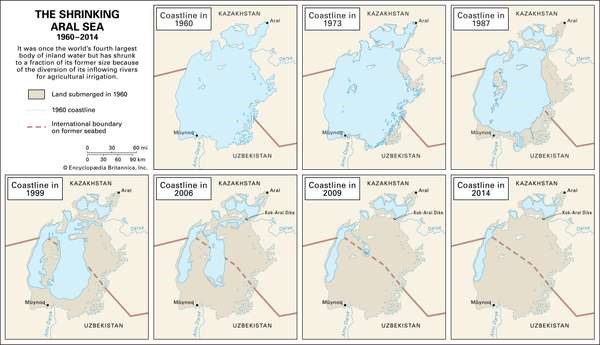
- Once the world’s fourth largest body of inland water.
- The lake’s remnants nestle in the climatically inhospitable heart of Central Asia, to the east of the Caspian Sea.
- That change resulted primarily from the diversion (for purposes of irrigation) of the riverine waters of the Syr Darya in the north and the Amu Darya in the south, which discharged into the Aral Sea and were its main sources of inflowing water.
- The rapid shrinkage of the Aral Sea led to numerous environmental problems in the region.
Lake Mead
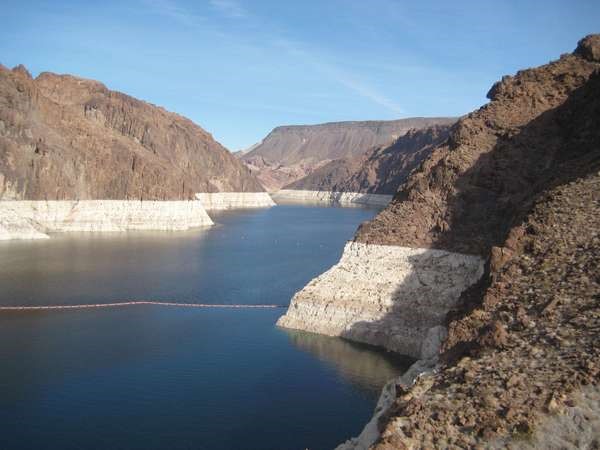
- One of the largest man-made lakes in the world, Lake Mead is the reservoir of Hoover Dam, on the Arizona-Nevada border.
- As a result of a multiyear drought in the American Southwest during the early 21st century, the lake level dropped some 120 feet between 2000 and 2015, satellites revealed.
Lake Chad
- Lake Chad is a freshwater lake in the Sahelian zone of west-central Africa at the conjunction of Chad, Cameroon, Nigeria, and Niger.
- Historically, the lake ranked among the largest lakes in Africa, though its surface area varies greatly by season as well as from year to year.
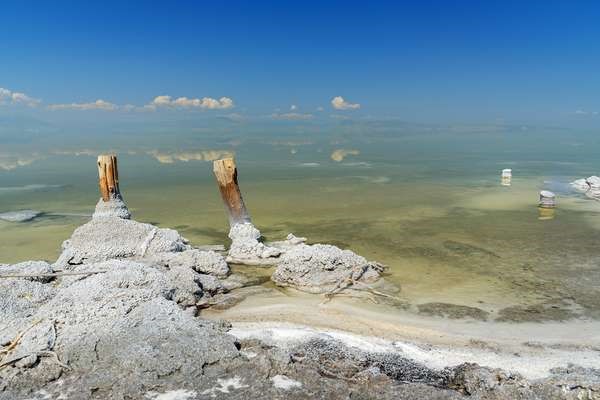
- Iran’s Lake Urmia is located in the northwestern corner of the country.
- It is the largest lake in the Middle East.
- Since 1967 it has enjoyed the status of a wetland protected region, and efforts have been made by the Iranian government to increase its wildlife.
- However, Lake Urmia’s surface area has declined by some 90 percent since the 1970s, from the damming of the rivers that flow into the lake.
Dead Sea
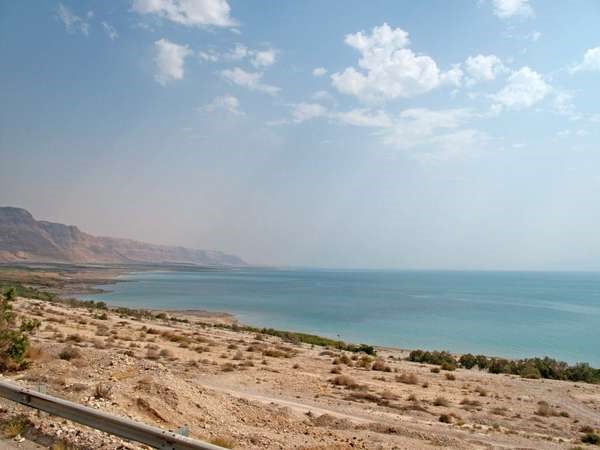
- The Dead Sea, which is also called the Salt Sea, is a salt lake located between Israel and Jordan in southwestern Asia.
- Its eastern shore belongs to Jordan, and the southern half of its western shore belongs to Israel.
- The Dead Sea has the lowest elevation and is the lowest body of water on the surface of Earth.
- Beginning in the 1960s, Israel and Jordan began diverting much of the Jordan River’s flow and increased the use of the lake’s water itself for commercial purposes. The result of those activities was a precipitous drop in the Dead Sea’s water level.
Way Forward
- There is a need to manage them in an integrated manner.
- Steps like restrictions on water consumption and climate mitigation to bring down global temperatures are some of the ways to conserve them.
- This will also help in reducing sedimentation in reservoirs as the rate of sedimentation is linked to climate change — it increases when there is extreme precipitation, as well as land disturbance such as wildfires, landslides and deforestation.
|
PRACTICE QUESTION
Q) The reduced size of world’s largest lakes not only results in freshwater decline and environmental degradation but also disrupts the water and carbon cycles. Discuss. (250 words)
|

https://indianexpress.com/article/explained/explained-climate/over-half-of-the-worlds-largest-lakes-have-shrunk-due-to-climate-change-and-human-activities-8630946/














